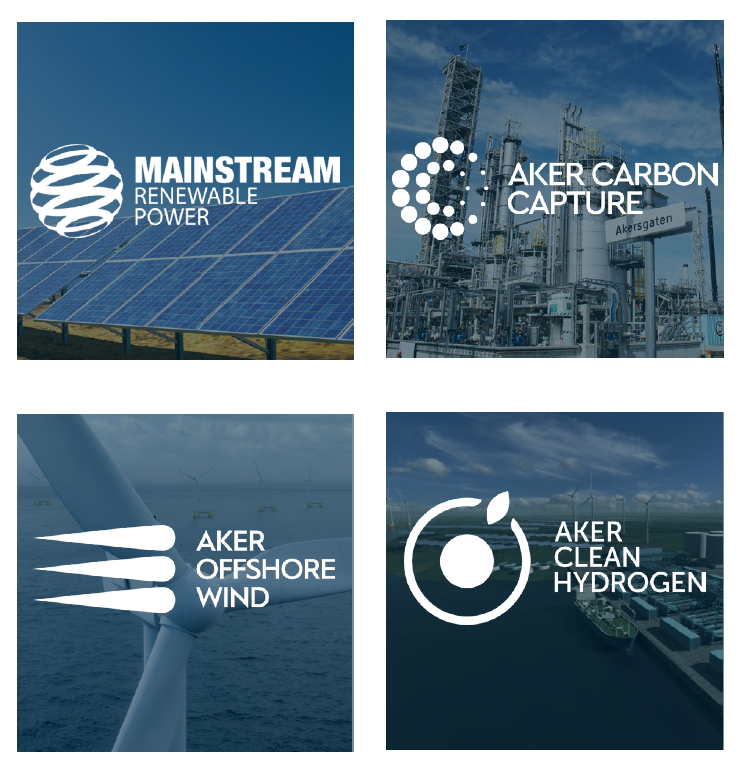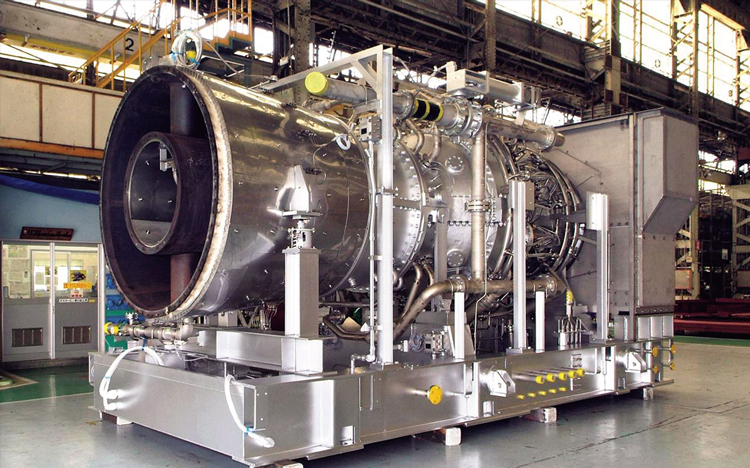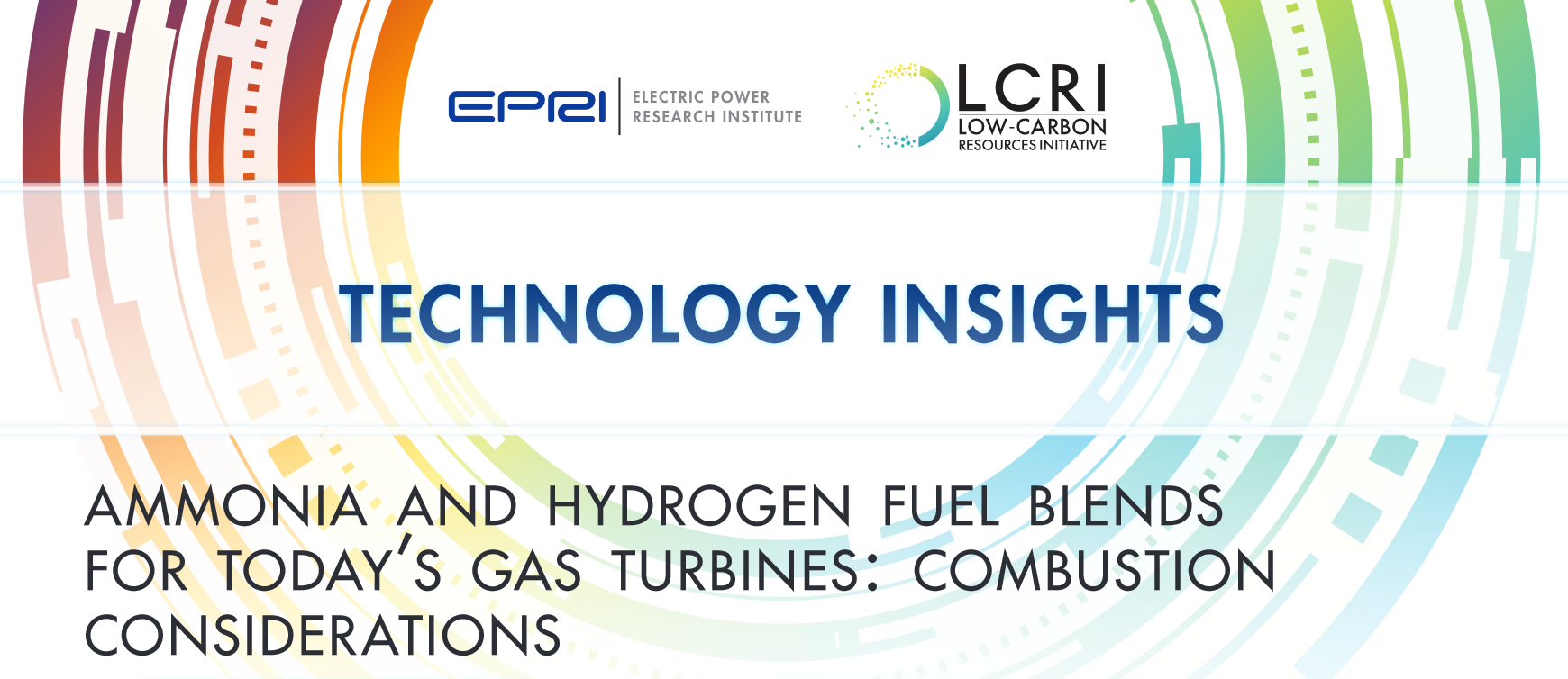The Ammonia Wrap: ICE announces its new green ammonia "SuperGiant", Cummins and KBR team up on integrated solutions, a new green ammonia pilot in Minnesota and decarbonisation of existing plants in Russia
Welcome to the Ammonia Wrap: a summary of all the latest announcements, news items and publications about ammonia energy. There's so much news this edition that we're bringing you two, special Wrap articles. Our first focuses on ammonia production - both existing and new build plants. This week: InterContinental Energy to build 25 GW of green ammonia production in Oman, Cummins and KBR to collaborate on integrated green ammonia solutions, New green ammonia pilot plant for Minnesota, Stamicarbon launches new technology for sustainable fertilizer production in Kenya, Haldor Topsoe and Shchekinoazot to explore ammonia plant decarbonisation in Russia, 1 million tonne blue ammonia per year in Norway and Trammo announces off-take MoU for 2GW AustriaEnergy plant in Chile.









